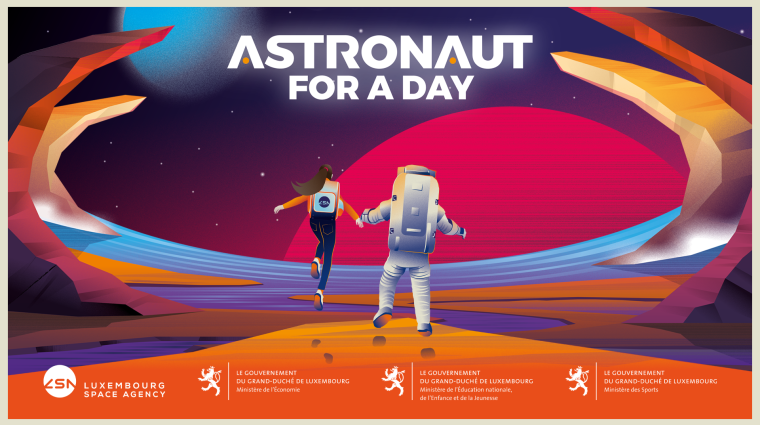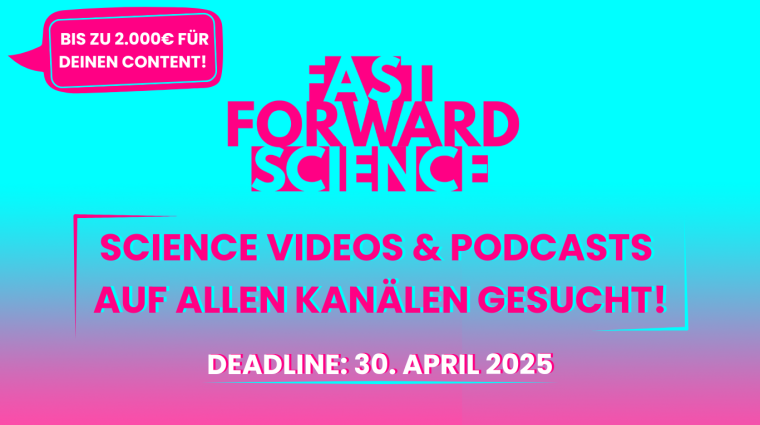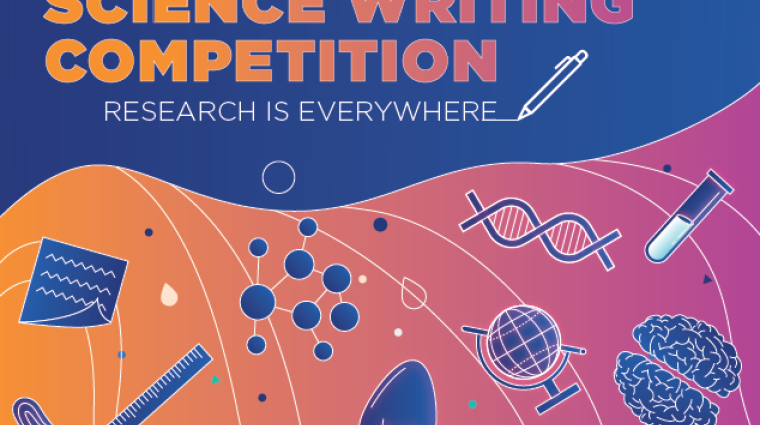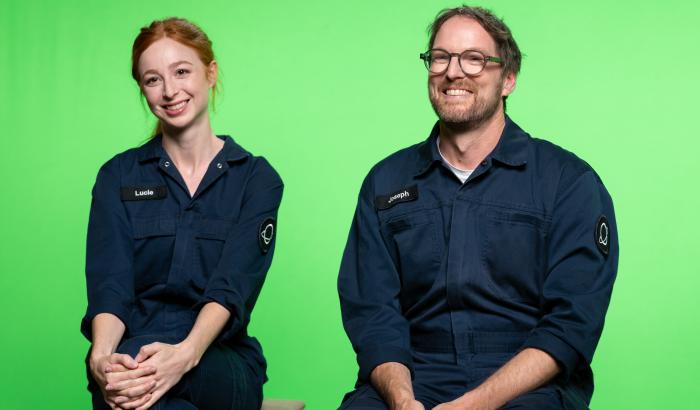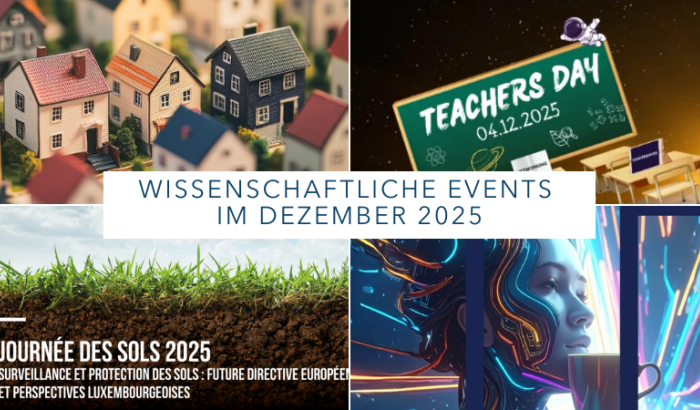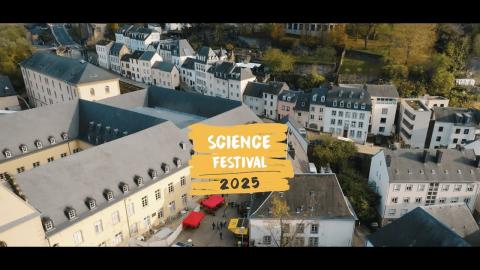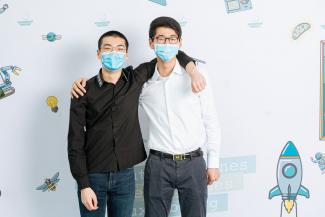
FJSL
Sijie Ma (16 years old) and Ziqiao Luo (17 years old), students from International School of Luxembourg, have set up an experiment to explain how noise cancelling works. They have done this as a part of a larger project aiming at intuitively explaining the basic concepts and the practical examples of a mathematical method, called Fourier analysis. This analysis method is usually thought to engineering or mathematics students in their 3rd or 4th year of studies.
Since noise cancelling works by generation of interfering sound waves, Sijie and Ziqiao have created a multi-component experimental setup to generate and analyse sound waves. By using this system, they were able to demonstrate the concept of noise cancelling on their lab bench. A similar complex setup is also installed within noise cancelling headphones, so one can understand why they are such a delicate and expensive device.
Sijie and Ziqiao presented their project during the 2021 National Jonk Fuerscher contest, organised by Fondation Jeunes Scientifiques Luxembourg (FJSL) and were chosen as two of the winners. As a reward for this achievement, they were invited to the International Online Classes (INTOC) Global competition in June 2021. There, they won the 2nd prize among 186 finalists from 21 countries.
What is Fourier analysis?
Fourier analysis was first described in the 18th century by the French mathematician Joseph Fourier. According to Ziqiao, the Fourier’s equation describing the relationship between time and frequency is “one of the most elegant equations in history”. Fourier analysis is the cornerstone of modern signal processing in multiple disciplines. Examples of such disciplines include seismology (analysis of earthquakes), computed tomography used to visualise the inside of our bodies and image compression that we use on daily basis to reduce the size of the image without losing its quality. One phenomenon that Fourier analysis can also be applied to is noise cancelling.
How does noise cancelling work?
Noise cancelling is based on the principle of destructive interference of one sound wave over another. In their noise cancelling experiment Sijie and Ziqiao set out to investigate that interference by connecting a signal generator to two speakers that produce two different sound waves. By measuring the sound waves halfway between the two speakers and analysing them using the Fourier method, they could show that the amplitude of the sound was reduced. This reduction demonstrated the concept of noise cancelling.
The majority of noise cancelling headphones apply the same mechanism. Within the headphone, there is a small microphone that captures the background noises. The signal is then analysed and information sent to a small speaker that produces the exact sounds waves that will result in the disruptive interference of the background noise. A separate speaker produces the sound of music, which is why we hear the music, but don’t hear the background noise.
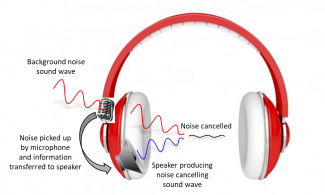
Figure: Noise-cancelling headphones and the principle of how they work
Image of headphones (source: Stock Photo 8273343 from shotshop.com), image of microphone (source: Stock Photo 25974839 from shotshop.com), image of the noise-cancelling principle (source: https://techcabal.com/2015/11/19/how-do-noise-cancelling-headphones-work/)
How did Sijie and Ziqiao get the idea of participating in the Jonk Fuerscher contest?
Both young scientists have always enjoyed science topics more than any other subjects at school. Sijie explained that “the beauty of pure mathematics, is why we have passion for this subject”. They have met each other in high school and have pursued their shared passion for mathematics by working on the project for the Jonk Fuerscher contest. They really liked the idea of the contest and with the help of their mathematics and physics teachers have set the goal of creating a curriculum to help students understand the Fourier analysis. Both teachers were very supportive and helped with setting up the basics of the mathematics and the practical experiment, but did not steer the young scientists in any direction. It was all up to Sijie and Ziqiao to build the project to completion, but they are still very grateful to the teachers for their support.
What are the winners’ plans for the future?
Both Sijie and Ziqiao are planning to study mathematics at university, right after they graduate from high school in December 2022. In their eyes, “mathematics is the language of all science and it is connected to every single aspect of life”, which is why they see their future connected to it.
Author: Anna Keller
Editor: Michèle Weber (FNR)

